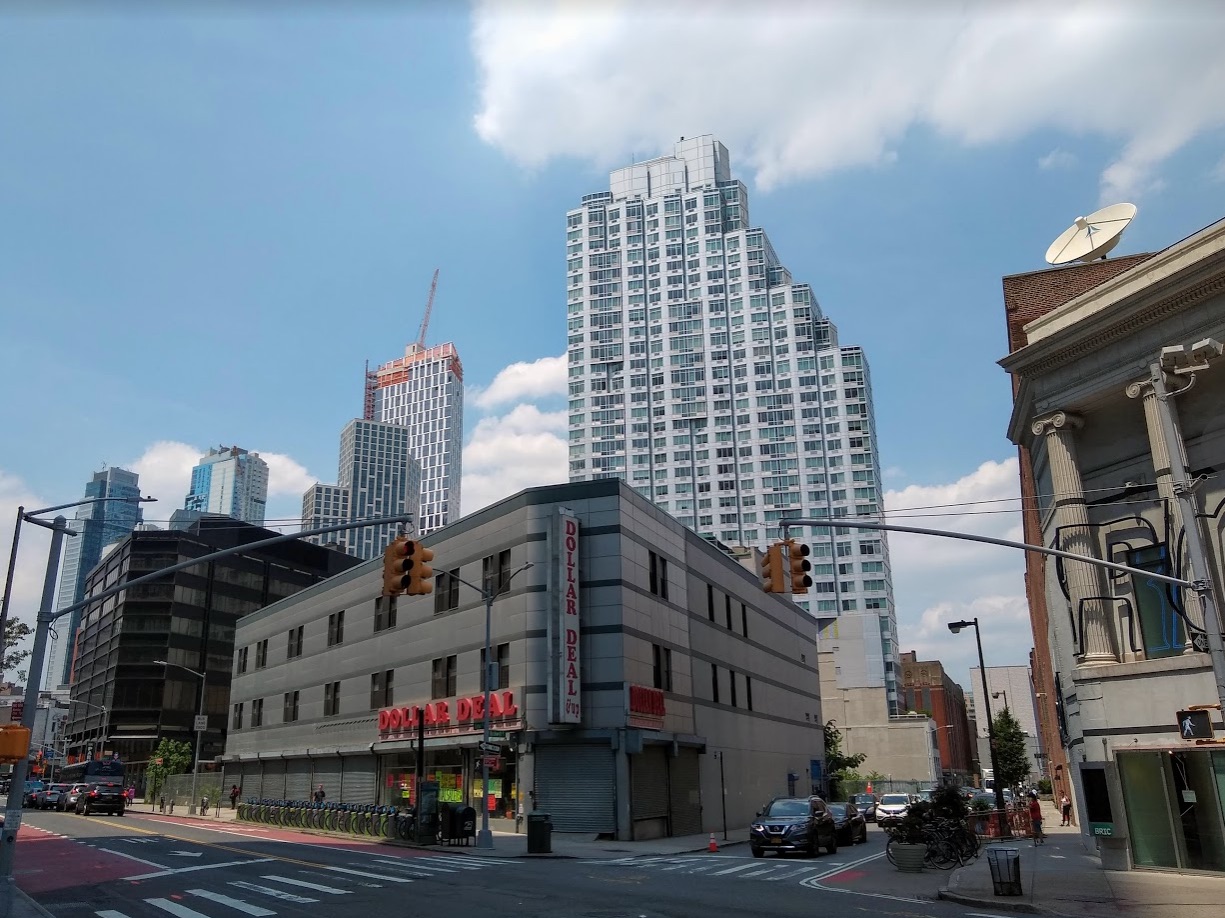OPINION: When developers call upzoning a public benefit, check their bottom line
Giant 625 Fulton tower, said to help Brooklyn, deserves scrutiny as private benefit.

The real estate company Rabsky Development, in partnership with the consultancy group Totem, has very big plans for a 1.73-acre lot in Downtown Brooklyn: a hybrid office/apartment building far bulkier, if not taller, than the Chrysler Building.
That site, 625 Fulton St., is one block east of Flatbush Avenue and just up the street from the BAM Harvey Theater and BRIC.
“A first look at what could become one of Brooklyn’s tallest buildings,” is how the Brooklyn Eagle headlined coverage of a recent presentation before Community Board 2. But Rabsky has proposed not merely a 942-foot tower (79 stories); it seeks city permission to double the available square footage. With nearly 1.6 million square feet, it would cover far more of the lot than currently allowed.
